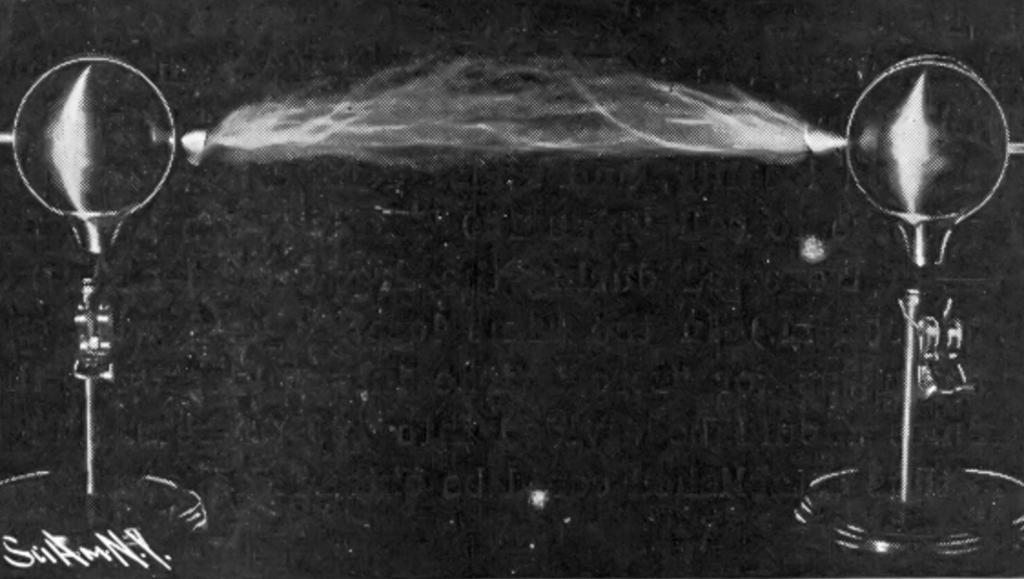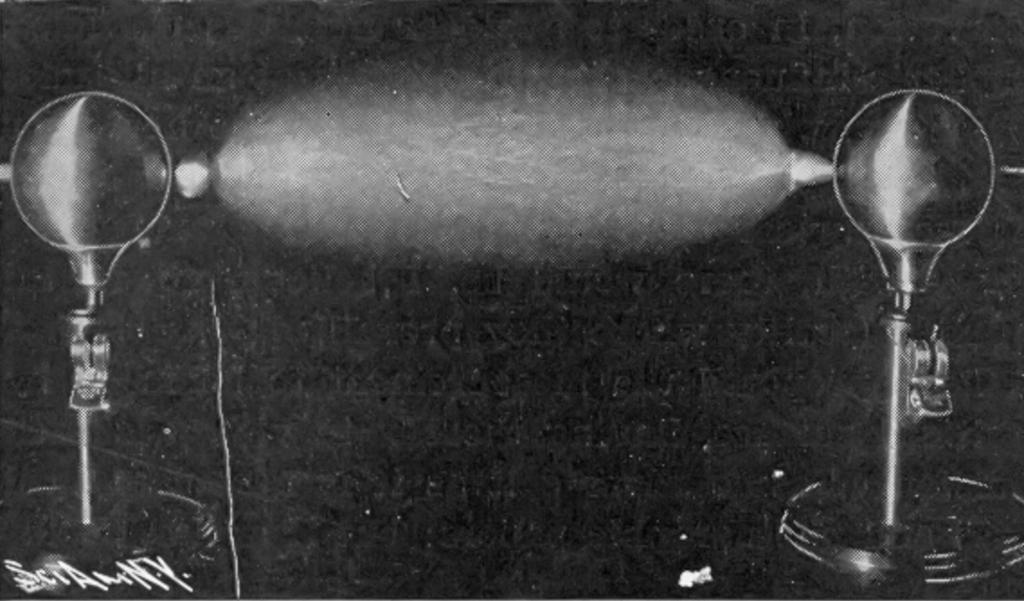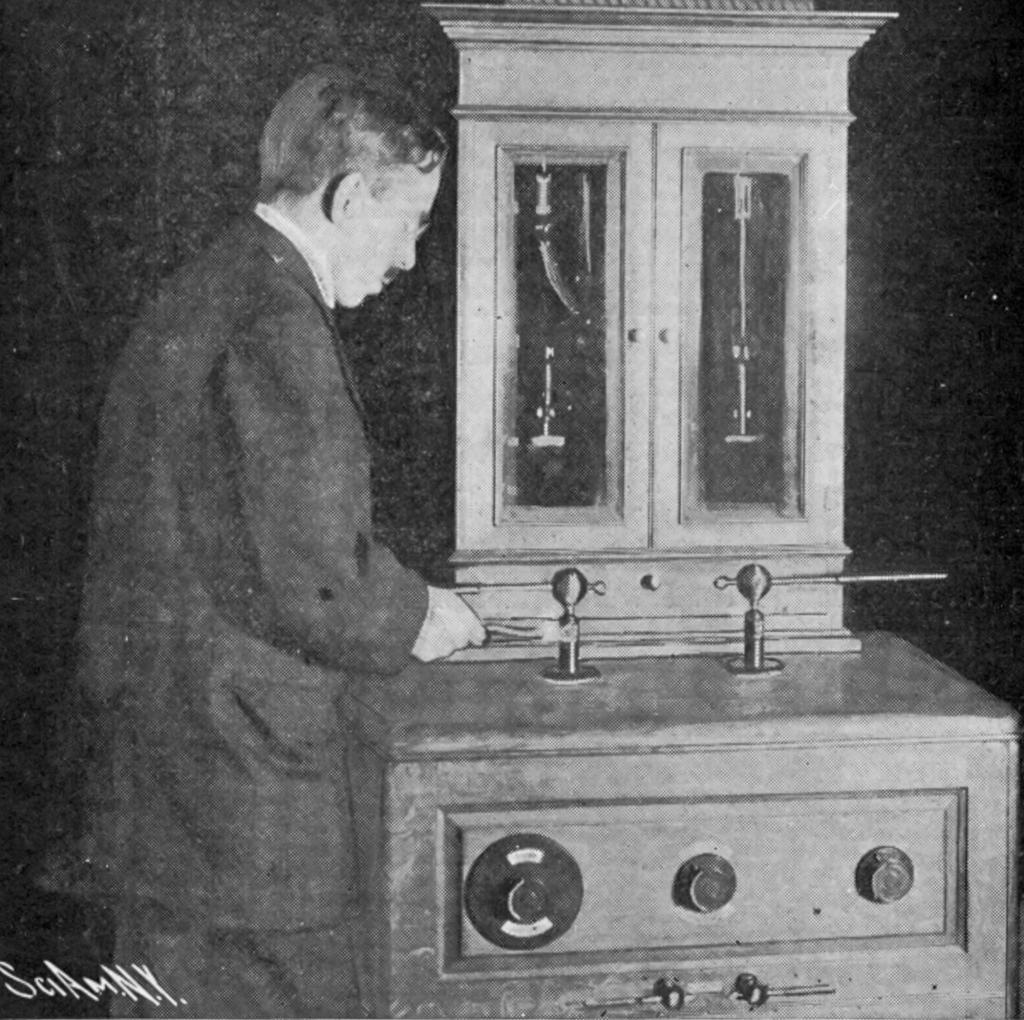TCBA Volume 20 - Issue 1
Page 16 of 18
A decrease in the pressure of the medium serves to increase the distance through which a spark will pass, but a point is quickly reached wherein a further decrease has the effect of cutting down the length of the spark, and hence where a low vacuum will permit the passage of high-potential currents over longer distances than in air, a high vacuum retards them even though the potential may be considerably increased. Then again the metal of which the electrodes are made determines the sparking capacity to a certain appreciable extent since some retard and others assist the process of volatilization, and finally the size and shape of the spark-gap-electrodes also have their effect upon the discharges.
From these considerations it will be observed that when the electrodes are placed closely together the strength of the charging current is increased, and hence the heat developed causes the temperature to rise. When the sparking distance is greater than the maximum difference of potential can easily break down, a faintly luminous discharge will be seen issuing from the positive electrode, especially if it should present any sharp points. This phenomenon occurs in virtue of the fact that metallic points are more easily heated than those in the form of spheres.
When the charge and temperature reach a critical value a conducting microscopic thread of gaseous vapor is developed and this is attracted to the negative electrode, to which it passes by the path of the least resistance. When this filament bridges the gap its diameter is very greatly increased, the resistance that was previously enormously high becomes minimum, and the current surges forth and back until the energy of the system is damped out by the sum of the resistances.
While Tesla was not the first to produce the varied and beautiful forms of convective discharges he was probably the first to systematically investigate them. Though convective discharges may be frequently observed from a pointed positive electrode of an induction coil, they are much more intense and brilliant when the potential and frequency of the oscillations are stepped up by means of a secondary transformer.
The compact apparatus for obtaining high-frequency and high-potential discharges shown in the illustrations was designed by Prof. Ovington, who repeated many of Tesla's experiments and introduced several new ones during the recent electrical exhibition at the Madison Square Garden.
With high potentials and high frequencies the electrostatic field is collapsed more easily than when those of lower value are reached, while the oscillations increase the temperature developed by the transition of static into kinetic energy and for this reason the volume of vapor is increased and an arc discharge results.
The flaming and streaming discharges which are forms of the connective discharge are closely allied and occur when the frequency and potential is increased beyond a certain value; under these conditions the discharge assumes definite characteristics wholly different from those of the disruptive discharge. In these forms of discharge the energy passes between the electrodes as luminous streams. Such discharges obtained with high-frequency coils are different from those obtained with electrostatic machines, as they lack in the violet color developed by the positive static electrode as well as the bright glow of the negative electrode.
A platinum wire is held in the fingers and near one terminal of the machine. The spark jumps to the body and through the wire.



